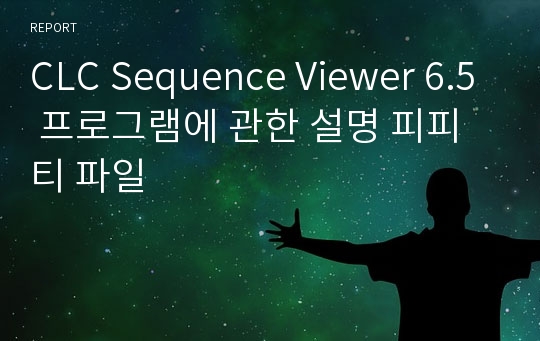

Select the atom group in the Project Tree and invoke the right-click context menu. Note that an atom group entry can be renamed. The atoms can then be hidden or shown, and the visualization changed, just as for the molecule entries in the Project Tree. When an atom group has been created, it appears as an entry in the Project Tree in the category "Atom groups". Atom groups can be created based on atoms selected in the 3D view or entries selected in the Project Tree. This can be achieved by creating an atom group. Often it is convenient to use a unique visualization style or color to highlight a particular set of atoms, or to visualize only a subset of atoms from a molecule. Candidate Division SR1 and Gracilibacteria Echinoderm Mitochondrial Flatworm Mitochondrial Ciliate Nuclear Dasycladacean Nuclear Hexamita Nuclear Mold Mitochondrial Protozoan Mitochondrial Coelenterate Mitochondrial Mycoplasma Spiroplasma

Restriction enzymes database configuration.Bioinformatics explained: Multiple alignments.Restriction sites as annotation on the sequence.Selecting, sorting and filtering enzymes.Restriction site analysis from the Toolbox.Bioinformatics explained: Protein statistics.Tools for linking sequence and structure.Snapshots of the molecule visualization.Mark molecule as circular and specify starting point.Using split views to see details of the circular molecule.Export of folders and multiple elements in CLC format.Selecting which part of the view to print.Saving, removing and applying saved settings.The different options for export and import.When the program is installed: Getting started.Installation on Linux with an installer.


 0 kommentar(er)
0 kommentar(er)
